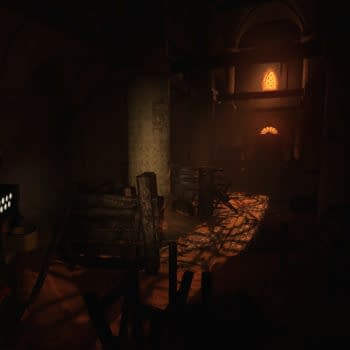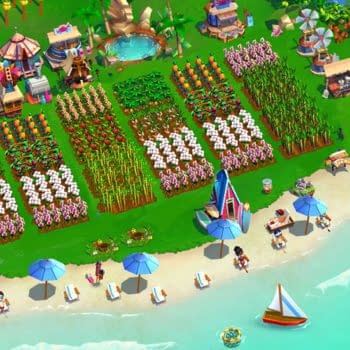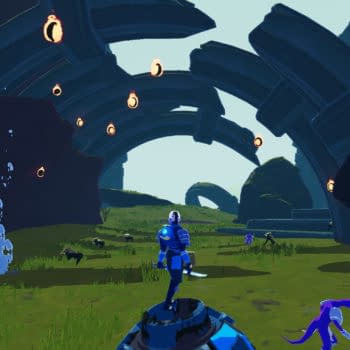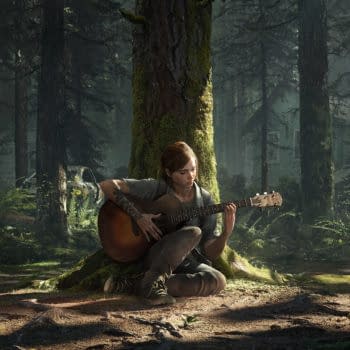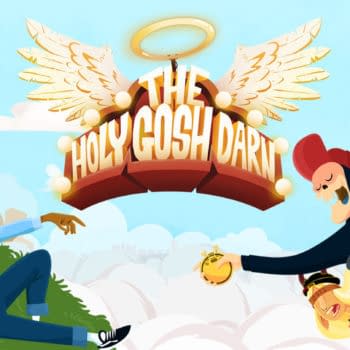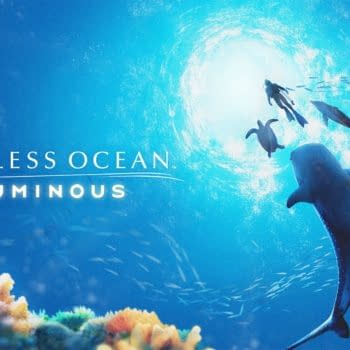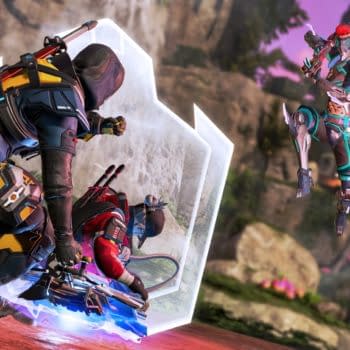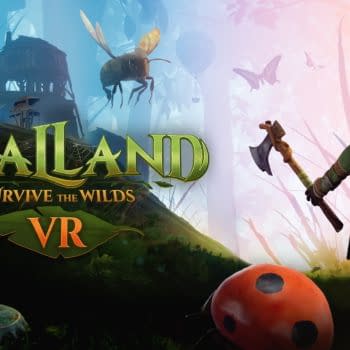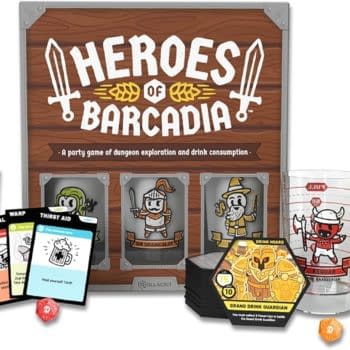Posted in: Games, Video Games | Tagged: Escape from Monkey Island, lucasarts, Sam & Max: Freelance Police
The Legend of LucasArts and Its Storied Games – Part Two
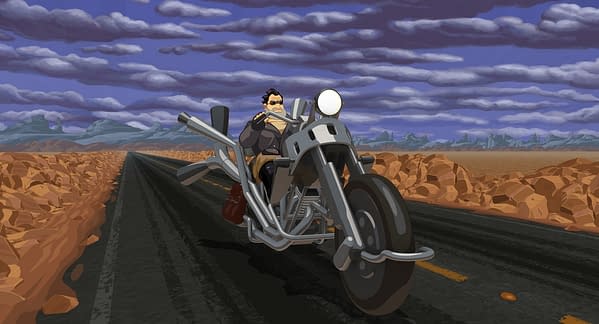
Just joining us? Read the first part here!
The Secret of LucasArts
At the beginning of the 1990s, The Secret of Monkey Island was released, the first game in the wildly popular Monkey Island series — still revered by many today. It introduced the perils of one Guybrush Threepwood, a hapless pirate on a dangerous (and often hilarious) adventure. It was a swift return to form after previous endeavors (Loom, specifically) had deviated somewhat from the classic point-and-click format, and it brought LucasArts Games back with a vengeance.
Also brought to fruition by Ron Gilbert, two others headed up the team responsible: Dave Grossman and Tim Schafer, with Gilbert pioneering the project. Monkey Island was a silly, madcap pirate adventure that spawned a sequel in 1991 — Monkey Island 2: LeChuck's Revenge, and would go on to inspire many other installments in the present day. The sequel made many tweaks to the original, including the introduction of iMUSE, a system that allowed the in-game MIDI tracks to sync with the action on-screen.
In 1993, the aforementioned sequel to Maniac Mansion rocked gamers' worlds (including yours truly), revisiting the wacky world of the Edison family. Day of the Tentacle was a complete overhaul of the game that birthed it, and integrated more fluid animations, voices, and a host of absolutely insane main characters with a penchant for disaster. The infamous tentacles as seen in Maniac Mansion made a reappearance — this time with Purple gunning for world domination and the descendants of the Edison family wreaking havoc upon all those they came in contact with. It was a brilliant successor to the original game, and an adventure that tested the limits of what could be done with the medium. It injected copious amounts of clever humor (and puzzles) into the already out-there situations.
The Maniac Mansion series was its own monster, but LucasArts found success with a previously-established property — the Sam and Max games, particularly Sam and Max Hit The Road, which became a signature for the company. The antics of dog-and-rabbit detectives Sam and Max were a perfect fit for those already interested in the LucasArts brand of humor.
Several other adventure titles rose to prominence soon after, each within the 2-D realm — The Dig, Full Throttle, and an additional Monkey Island adventure — The Curse of Monkey Island — all distinctive variants on a theme. But as the 90s were drawing to a close, something that packed a little more punch was necessary. The SCUMM engine was retired, and the GrimE engine took its place.
A Grim Future
Grim Fandango was the first to use the aptly-named engine, and also the first adventure from LucasArts to have utilized a fully-3D environment. Stylized characters, an interactive environment in which players used the keyboard to move around and complete various actions, and full-motion video cut scenes set Grim Fandango, Tim Schafer's last work for LucasArts, apart from the rest of the pack. It garnered a strong cult following as well as rabid fans looking for another rendezvous with Manny Calavera.
Escape from Monkey Island was the second title to utilize 3D graphics and the fourth entry into the Monkey Island mythos. It also marked one of the last adventure games that would see the light of day — it received a PlayStation 2 and Mac OS 9 release as well, and enjoyed success as one of the newest, "renovated" series entries, but things seem to roll downhill from there.
Several planned projects were canceled, releases were conceived and then immediately cut short, and when word got out that Sam & Max: Freelance Police was about to hit, the project was also swiftly cut down in 2004. LucasArts' reasoning for stifling the next installment of the buddy cop story was simply "current marketplace realities and underlying economic considerations."
In the later years, after the days of Escape from Monkey Island and Grim Fandango, it was easy to see that point-and-click adventure games weren't exactly in demand. An unfortunate trend, for sure, but certainly played a part in the once prosperous and well-known company's decision to pursue other projects.
The Force is Strong with LucasArts
The end of adventure games didn't mean the end of LucasArts, however. After shifting creative energies to tackling other genres, some rather brilliant releases were spawned: for example X-Wing, Star Wars: Rebel Assault, Jedi Knight, Jedi Knight II: Jedi Outcast, and other miscellaneous Star Wars titles helped keep the company afloat.
Star Wars wasn't the only successful IP, either — LucasArts struck gold with the western-themed Outlaws and the quirky Armed and Dangerous as well in the late 90s and early 2000s. Suffice it to say their involvement with fantastic LucasArts/BioWare joint venture Knights of the Old Republic remains to date one of their largest victories outside of the point-and-click adventure realm — not only did a spawn a sequel, but a similarly-themed MMO in the form of The Old Republic.
It's no secret that Star Wars was an invaluable catalyst when it comes to LucasArts' continuing success — of course, why wouldn't its founder seek refuge in the familiarity of his own creations? We're just happy to see these games continuing to be developed in light of the apparent "failures" of the point-and-click adventure genre.


